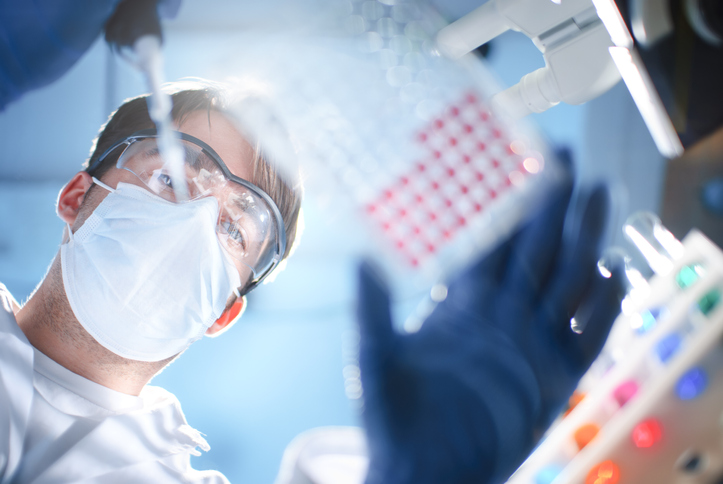Let's talk about lab water
Let's talk about lab water

It is one of the most useful and valuable analytical techniques available. One thing that these applications have in common is that they all use ultrapure water (UPW). Modern LC-MS would not be half as powerful a technique if UPW were not used to minimise impurities in the preparation of samples, standards, blanks and mobile phases. These blogs are to remind the reader of the range of these LC-MS/MS and UPW applications in clinical research taking some recent examples of work reported using UPW from PURELAB Chorus 1 units.
LC-MS/MS is widely used to study the roles and fates of medicines and toxins in body fluids, plasma and hair. Roman Bellouard and colleagues1 reported on the simultaneous determination of B-lactam antibiotics in human plasma and cerebrospinal fluid. Sample clean-up included protein precipitation with acetonitrile followed by evaporation and reconstitution of the residue with mobile phase solvents. LC separation was on a C18 column with gradient elution with water and acetonitrile. Detection was by tandem MS. Total run time was only 8 min. It was used to perform therapeutic drug monitoring on over 2000 patients.
Cyanate is a toxin adversely affecting patients with chronic kidney disease and also Renkecz et al.2 developed a method to quantify cyanate in rat plasma and applied it to toxicokinetic bioanalysis. The cyanate was derivatized using aged solutions of anthranilic acid before determination by LC-MS/MS. There was scope to adapt the method to provide information on cyanate concentrations in patients with chronic kidney disease for therapeutic support.
Hair analysis is a very useful technique for monitoring exposure to drugs used in long-term therapy and in drug abuse, with applications in both forensic work and clinical toxicology. Jihyun Kim and his colleagues3 have developed and validated a rapid LC-MS/MS method to determine 8 antiepileptic drugs – 6 barbiturates and phenyltoin and topiramate - in segmented hair. Methanol was found to be the best extractant. The limits of detection were 0.01ppm for topiramate and 0.5ppm for the others. Hair from drug users showed levels of about 10ppm of phenolbarbital and 0.5ppm topiramate.
References:
Dr Paul Whitehead
After a BA in Chemistry at Oxford University, Paul focused his career on industrial applications of chemistry. He was awarded a PhD at Imperial College, London for developing a microwave-induced-plasma detector for gas chromatography. He spent the first half of his career managing the analytical support team at the Johnson Matthey Research/Technology Centre,specialising in the determination of precious metals and characterising applications such as car-exhaust catalysts and fuel cells. Subsequently, as Laboratory Manager in R&D for ELGA LabWater, he has been involved in introducing and developing the latest water purification technologies. He now acts as a consultant for ELGA.